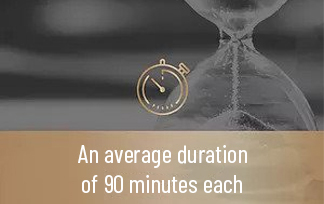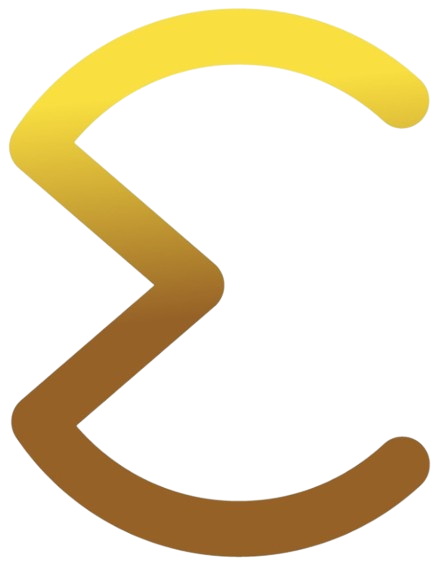DISC®
Find Your Personality
DISC® is a personal assessment tool used to examine human behavior. It looks at how people prefer to act and communicate.
WHAT DOES THE BEHAVIORAL MODEL MEASURE?
- Decision-making
- Interpersonal Relationships
- Persuasion
- Conflict management
- Troubleshooting and dealing with challenges
- Creativity and innovation
- Flexibility and way sofcoping with change
- Goal orientation
- Planning and organization
- Priority management
- Empathy
- Teamwork
- Orientation towards quality and drive
The history of DISC
•Dominant (dominante): Controle, poder e assertividade.
•Influencing (influência): Comunicação e relações sociais.
•Steady (estabilidade): Paciência e persistência
•Conscientious (Conformidade): Organização e estrutura, detalhe.
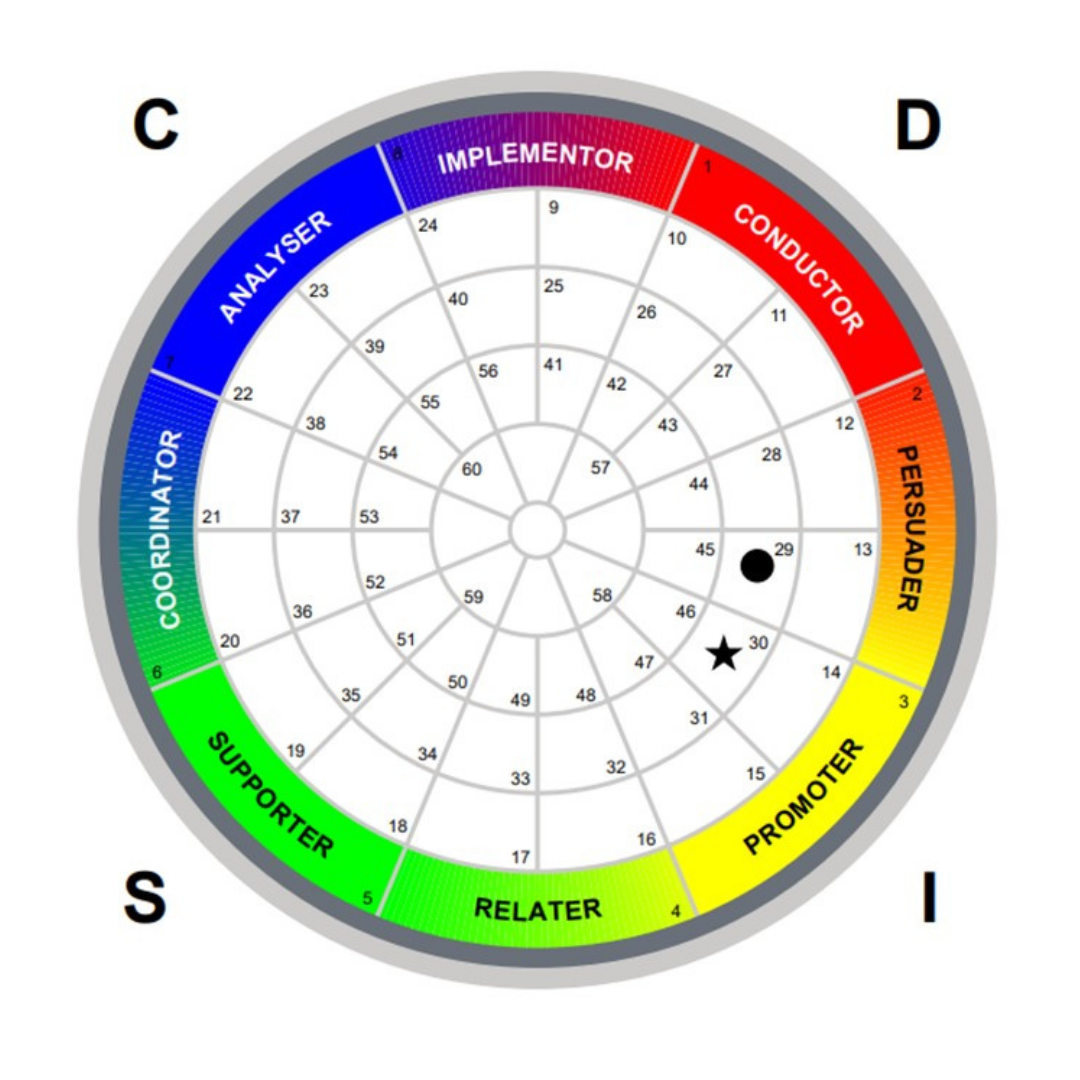
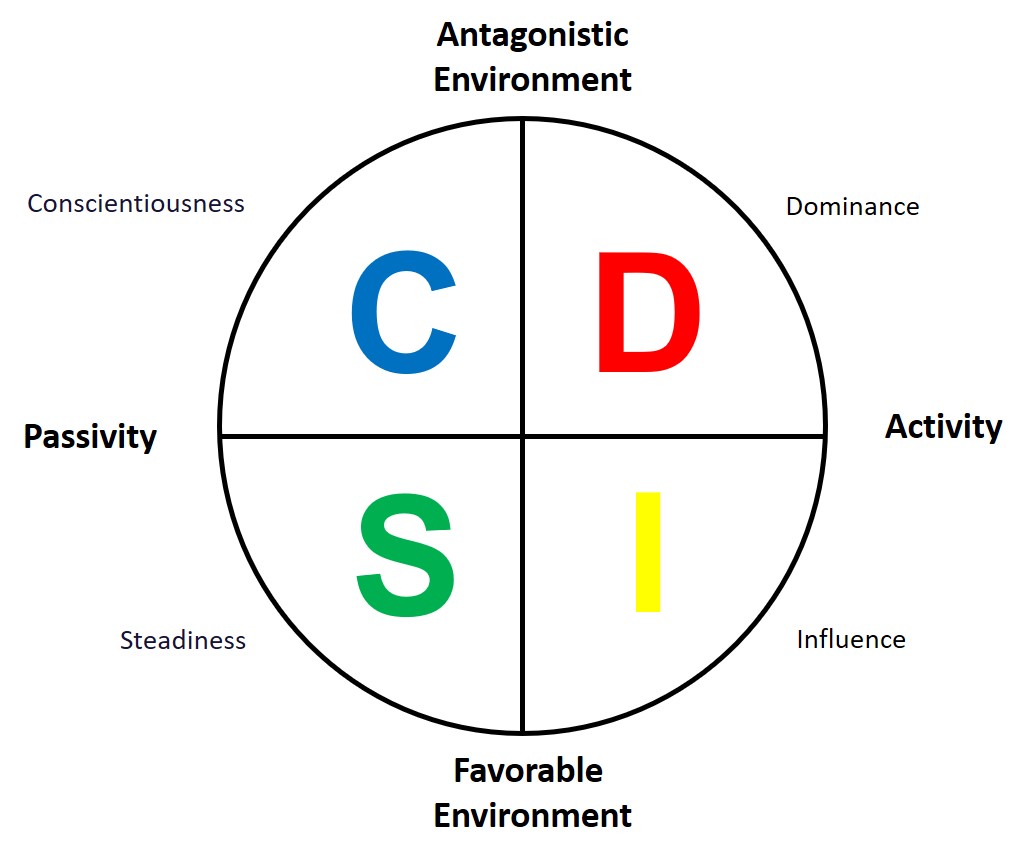
Practical application of the model
Well known and used by professionals who work with people management and human development, the DISC ® Methodology is based on the identification of predominant behavioral traits in each individual. The goal is, if we know the main behavioral trends of a person, we have more grounds to make decisions and make analyzes and be more successful.
With information on behavioral profiles , the DISC ® Methodology allows, in addition to assertiveness self-development, a more just analysis of the human being. The DISC® Methodology is based on valuing the main characteristics of each profile. The knowledge about profiles brings this clarity of characteristic and allows us to understand in which development points it is worth investing energy and what are the requirements that do not make sense for each type. It is essential to outline individual development plans (IDPs).
Benefits of DISC®
The direct benefits that the DISC test results bring to you, your team and your organization are:
· Self-knowledge
Enables the person’s self-development in their personal and professional life.
· Meet and understand the next person
It increases the perception and knowledge of other people.
· Assertive communication
Facilitates teamwork. Build relationships and reduce conflicts.
· Team
building Teams more qualified to develop, sell and serve.
· Leadership development
More effective management by better understanding your team’s dispositions and priorities. It builds trust and cooperation.
· Offers a common language for change
Helps increase emotional intelligence and build organizational resilience
- Improves relationalskills (soft skills).
- Improves the management of emotions.
- Increases motivation, focus, discipline and commitment.
- Promotes more effective communication; increases confidencelevels.
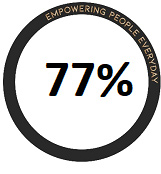
Better relationship with subordinates
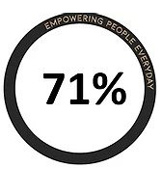
Better relationship with the boss
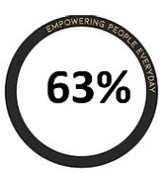
Better relationship with peers
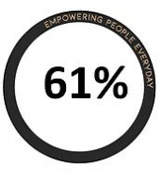
Increased level of job satisfaction
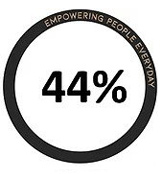
Increased commitment to the company
Results of applying the DISC ® methodology
Performance increase, since its potential is properly exploited.
It allows you to find the behavior factor that stands out in your personality, which directly impact so thers, and in each individual’s decision making, to help you in your personal development, which contributes to the development of relationships and your professional area.
Shall we practice?
How coaching can help you to shape your behavior to communicate assertively
We have seen so far that our behavior reflects the way we are in life. And this way of showing ourselves directly interferes in our relationships, both in our internal and external communication. Only those who have deep self-knowledge know where they are and where they want to go. For this reason, coaching can be the missing partner to your personal development.
Invest in this human development methodology and become much more effective.

